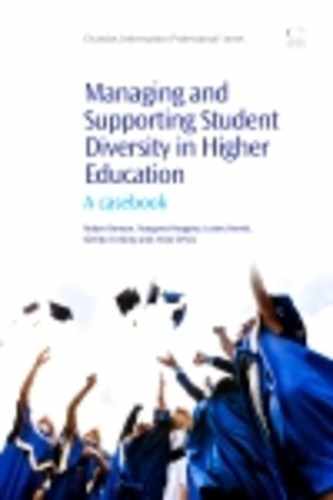Index
A
academic writing requirements/skills,
44,
62-63,
65,
87-88,
97,
100,
109,
111,
114-115,
122-123,
169,
180,
187,
202
B
course/career guidance/information,
15,
18,
34-35,
38-40,
74,
85-86,
97-98,
109,
120,
164,
194-195,
197,
202,
211,
213,
218,
220-221cultural, social capital, , ,
44-45,
86curricula, curriculum,
16-18,
45-46,
121,
123,
198,
211,
213-214,
216,
218,
221
D
disability, on-going medical condition, illness, ,
172,
185,
201
F
family support student support
feedback,
18,
46,
64,
82,
88,
104,
118,
147-149,
156,
198,
201,
210,
213-214,
216,
220first generation, first in family, ,
10,
26,
34,
36,
44,
53,
64,
86-87,
94,
128,
136,
162,
213,
219-220flexible/flexibility,
17,
45,
81,
135. 142,
155-156,
204,
209,
212-214,
216,
220
G
gender,
13,
53,
57,
106,
113,
120,
127,
164,
193,
200,
209,
213group work/activities,
67,
88,
102,
104,
110,
121-123,
133,
156,
198,
204,
211,
213-215,
219-220
H
harassment and discrimination policies and procedures,
221
I
international students, ,
12,
18,
87,
94,
105,
116-117,
120-124,
210-211,
215,
221
M
mature age students,
15,
18,
60,
132,
154-157,
166,
168-169,
213,
217-218,
220-221
N
non-traditional,
xii,
3-4, ,
10,
13-15,
44-45,
122,
208,
214-216,
219-221
O
online learning, support, ,
18,
63,
82,
133,
156,
165,
198,
210-211,
213-215
P
participatory research,
19-20motivation,
17,
52,
64-65,
67,
82,
86,
104,
148,
150,
170,
176,
178,
187-188,
196-199,
209-213,
216,
221placements – professional/work placements,
18,
42,
44,
65,
79,
82,
84,
86,
88,
110-111,
118-119,
123,
132,
134,
142-3,
149,
168,
189,
197,
204,
209-212,
215-216,
220
R
role models,
28-29,
56,
136-137,
147,
152,
178,
194,
209 role plays,
110,
134,
186,
204,
211,
215,
220
S
self-esteem/confidence,
15,
35,
83-84,
87,
104,
109,
118-119,
134,
149,
151,
165,
168-170,
177,
187,
198-200,
209socio-economic status (SES)/ background,
190high socio-economic status/ background, ,
13student success,
4-5,
14-18,
21,
32,
36,
44-46,
52,
67,
88,
119-121,
123,
142-146,
170,
197,
199-201,
208-218obstacles to success,
56-57family support,
17,
34,
38,
44,
87,
94,
103,
116,
133,
136,
146-147,
154,
184-185,
197,
215,
220lecturer/staff support,
16-17,
34-35,
42,
45,
87,
103,
120-121,
123,
147,
155-157,
184-185,
197,
201-203,
209,
211-221.
peer support,
15,
17,
18,
63,
87,
103,
116,
121 147,
156,
209-210,
215support services,
15-16,
43,
45-46,
63-64,
83,
85,
87,
102,
115,
122,
147,
156,
169,
185,
197,
202,
217,
219distance education, ,
20,
26,
31,
33-34,
39,
41,
43,
45,
74,
78,
82-83,
117,
131,
141-143,
148-150,
156,
166,
199,
209-212,
216part-time study,
4-5,
32,
34,
78,
141,
166,
183-,
186-187,
195,
197,
212-213
T
transition,
15,
44-45,
58-59,
85,
88,
99,
103,
120-121,
216,
218,
221
..................Content has been hidden....................
You can't read the all page of ebook, please click
here login for view all page.
